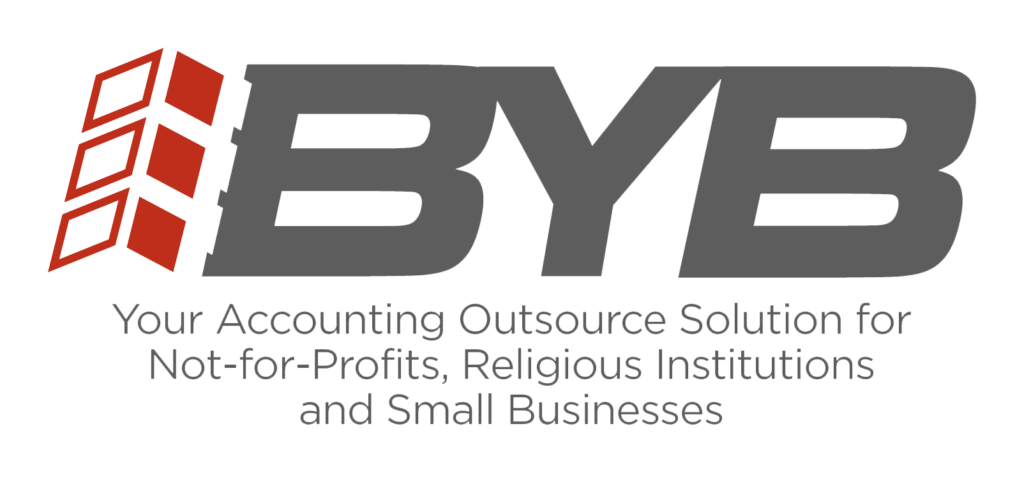Starting 12/31/2018 through 12/30/2019, the basic minimum wage will be $11.10 per hour in most of New York State.
The minimum wage rate differ based on: the fast food industry, tipped workers, Long Island, Westchester County, large and small employers in New York City.
General Minimum Wage Rate Schedule
NYC – Large Employers (of 11 or more) $15.00
NYC – Small Employers (10 or less) $13.50
Long Island & Westchester $12.00
Remainder of New York State $11.10
For more information on the increased minimum wage specific to your industry, please click here.
Employers must post a Minimum Wage Information poster as well as various other posters in their place of work visible to all employees.
2019 NYS Misc Workers Minimum Wage Poster
Various Posters for the Workplace (NYS)




